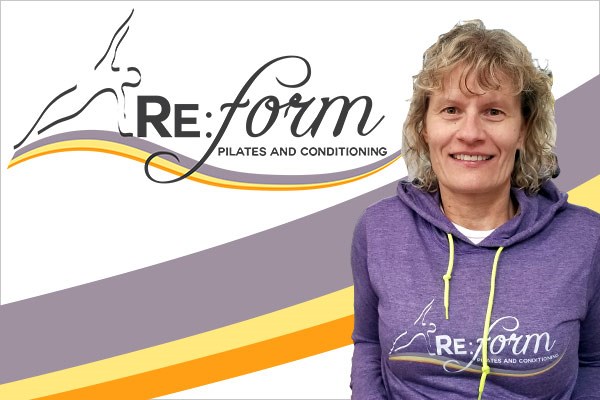Did you know more than 6 million Canadians have arthritis? Arthritis is defined as inflammation of a joint but it can also compromise the tissues that surround a joint and affect other bodily systems.
The two most common types are osteoarthritis and rheumatoid arthritis. Arthritis can have a negative effect on a person’s lifestyle. Everyday activities like going for a walk, making meals or even getting dressed are curtailed because of joint pain.
It might sound counterintuitive to exercise if you experience the pain and stiffness caused by arthritis. Truth be told, exercise can not only help relieve stiffness and decrease pain, but also help maintain joint function.
Exercise pumps a natural lubricant, called synovial fluid, into the joints making movement more comfortable, but there are risks that you should be aware of.
If you have arthritis in your shoulders, don’t lift heavy weights overhead. If you have arthritis in your hips or knees, stay away from running or walking with a ‘heavy’ step on hard surfaces like pavement or concrete. Doing deep squats or knee bends are also contraindicated.
You can avoid the risks by making sure you don’t place a lot of force on your joints. Try doing low-impact fitness classes or aquabics classes. Tai chi, yoga and Pilates are also recommended because they involve movements that gently stretch and strengthen your muscles.
When strengthening muscles it’s important to pay special attention to those that support the affected joints. For hips and knees, do exercises that focus on the front of the leg (quadriceps) and back of the leg (hamstrings) as well as those in the buttocks (gluteals). Developing strong postural muscles (abdominals and lower and middle back) are also important to help support the spine.
Start slowly and don’t push your body if an exercise causes pain. Remember to cut back on an activity if your joints become warm, red, or painful. It is also highly recommended that you speak with your doctor before starting a new exercise routine. Meeting with a qualified exercise specialist (such as a Kinesiologist) to learn how to exercise safely and effectively should also be high on your priority list.

